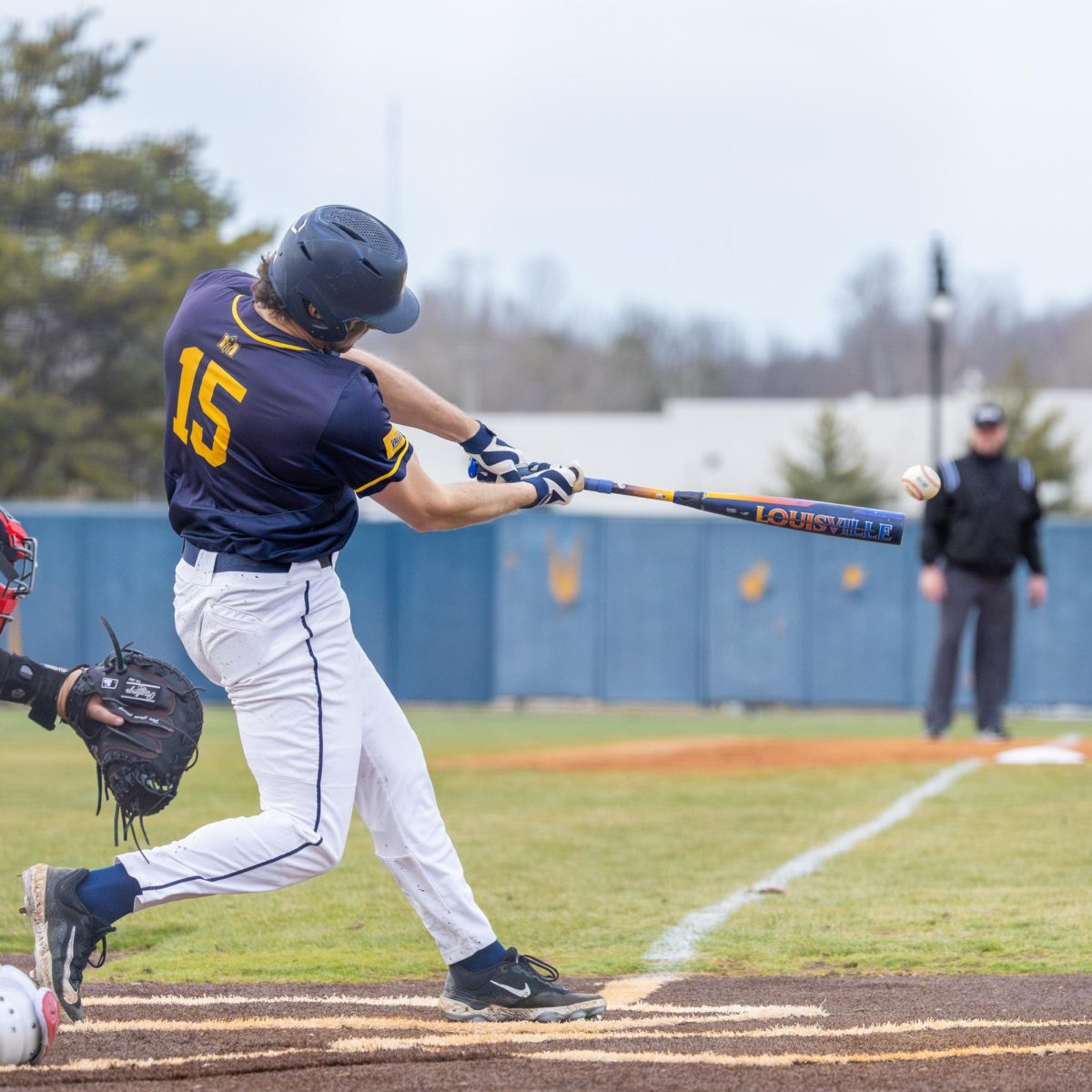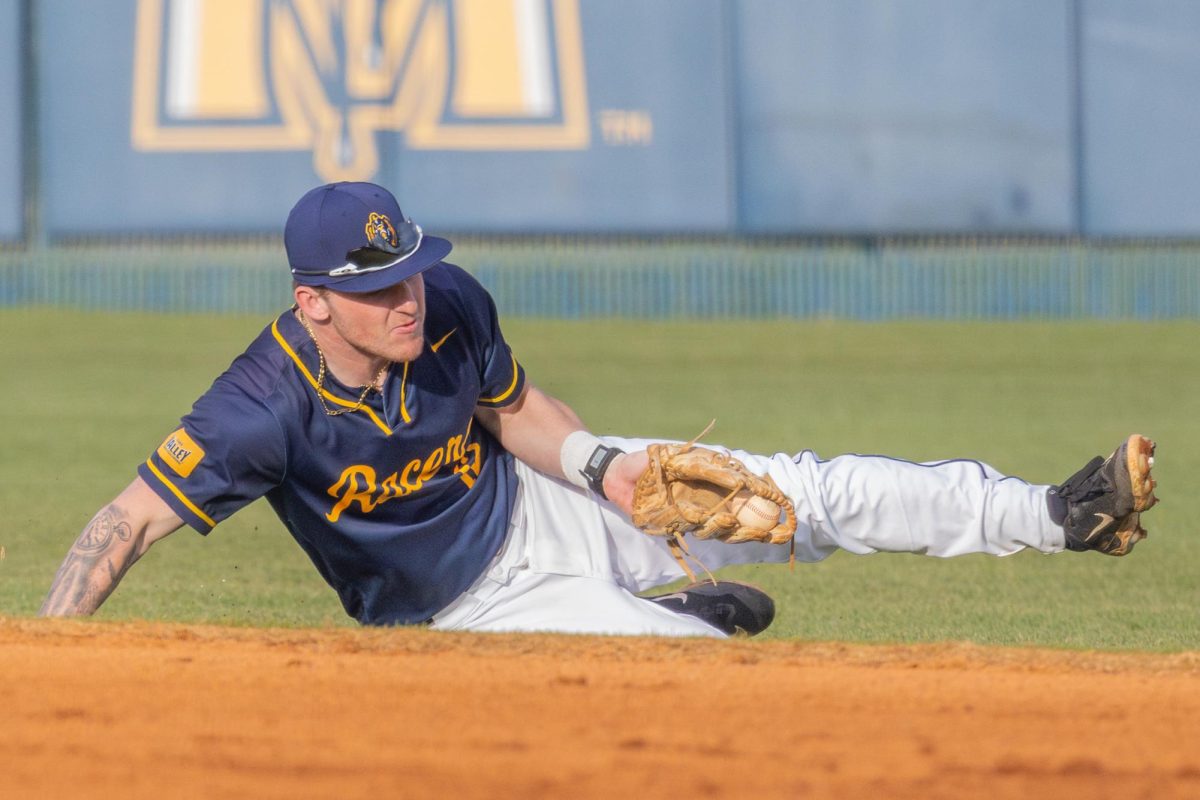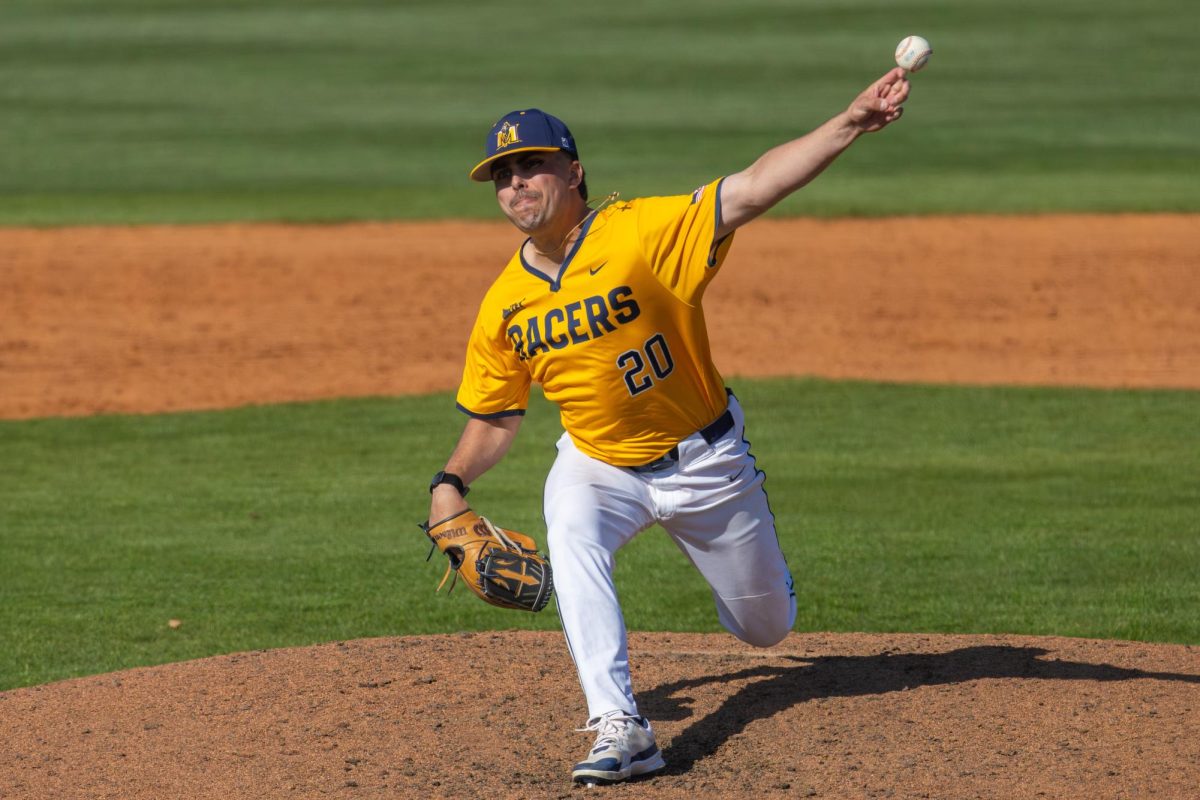Raleigh Hightower
Contributing Writer
rhightower@murraystate.edu
Many members of the Murray State community came together a couple weeks ago to express their beliefs surrounding the topic of abortion.
This charged, emotional issue was elevated to the forefront of campus life when demonstrators from the Center for Bio-Ethical Reform (CBR) set up their “Genocide Awareness Project” in the free speech zone adjacent to the Curris Center.
The genocide exhibit, which CBR has admitted is rather shocking, openly compares abortion to genocide. The exhibit includes images depicting victims of the Holocaust, lynching and the Cambodian Genocide.
In addition to the images depicting these historical tragedies, the exhibit also includes other graphic imagery such as pictures of bloody fetuses, body parts from fetuses and a Nazi swastika.
CBR has been touring with this particular exhibit since 1998 and has faced numerous lawsuits for their usage of graphic imagery. One such lawsuit erupted between CBR and Dodson Middle School in Los Angeles County, California.
The graphic imagery employed by CBR has led many students to become confused or concerned with the university’s free speech policy.
The University policy relevant to the usage of outside areas by non-university groups and individuals was adopted by the Board of Regents on Nov. 30, 2007.
The University policy governing free speech, Board Policy 2.15.1, outlines the requirements for non-university groups or individuals wishing to use outside areas. These requirements include gaining sponsorship and reserving the outside area.
“The group in question, which has been at other Kentucky public universities as well as other universities in recent days and weeks, completed the process of reserving space in the University’s free speech zone, and is not affiliated with Murray State University,” said President Bob Jackson.
The free speech zone occupied by CBR, however, is an exception to the sponsorship requirement. In addition to the rules that apply to using outside areas, “commercial transactions” are not allowed in the free speech zone.
The rules that apply to all non-university groups using outside areas include not disrupting educational or administrative university activities and following local, state and federal law. University policy also prevents non-university groups from using outside areas during Great Beginnings or Summer Orientation.
The most broad rule can be found in s-Section C.2 of the board policy. This rule requires demonstrators’ speech and actions to be protected by the United States Constitution. This section also outlines some exceptions of speech not constitutionally protected.
“As a unit of government, the University is required to permit and protect freedom of speech and expression pursuant to the First Amendment and the Constitution of Kentucky,” said Robert Miller, Murray State University general counsel.
There is a long history of constitutionally protected speech, including many protections specifically guaranteed to universities.
In 1973, the United States Supreme Court heard the case “Papish v. Board of Curators of University of Missouri.” In this case, a school newspaper published a political cartoon depicting a policeman performing vulgar acts with the Statue of Liberty and the Lady Justice.
In this case, the Supreme Court sided with the student who published the cartoon, stating the dissemination of ideas, no matter how offensive to good taste, on a state university campus may not be shut off in the name alone of “conventions of decency.”
The 2010 Supreme Court case Snyder v. Phelps further solidified this idea that speech cannot be restricted based on being “offensive” or “outrageous.” In this case, members of the Westboro Baptist Church protested and picketed a military funeral.
The Supreme Court sided with the Westboro Baptist Church and determined that speech cannot be restricted based on offensive content. This same legal doctrine is present in board policy 2.15.1.
“The University’s policy on the use of outside areas, including the free speech zone, by non-university groups is a content and viewpoint-neutral policy as required by law,” Miller said.
The University is, however, allowed to restrict speech that is likely to provoke violent reaction, produce lawless action or expresses an intent to commit an act of violence to an individual or a group.
Despite any constitutional protection of CBR’s speech, many students have advocated that additional measures should be in place to protect students from graphic imagery.
Students counterprotesting the CBR exhibit distributed a mission statement advocating for a campus alert system that would alert students of protests, the placing of warning signs or signs leading students to an alternate route to avoid protests that include graphic images and mobilizing counseling resources for those subjected to graphic images.
Under the First Amendment and Murray State’s outdoor free speech zone policies, groups such as CBR are able to occupy the free speech zone on campus.




























































































